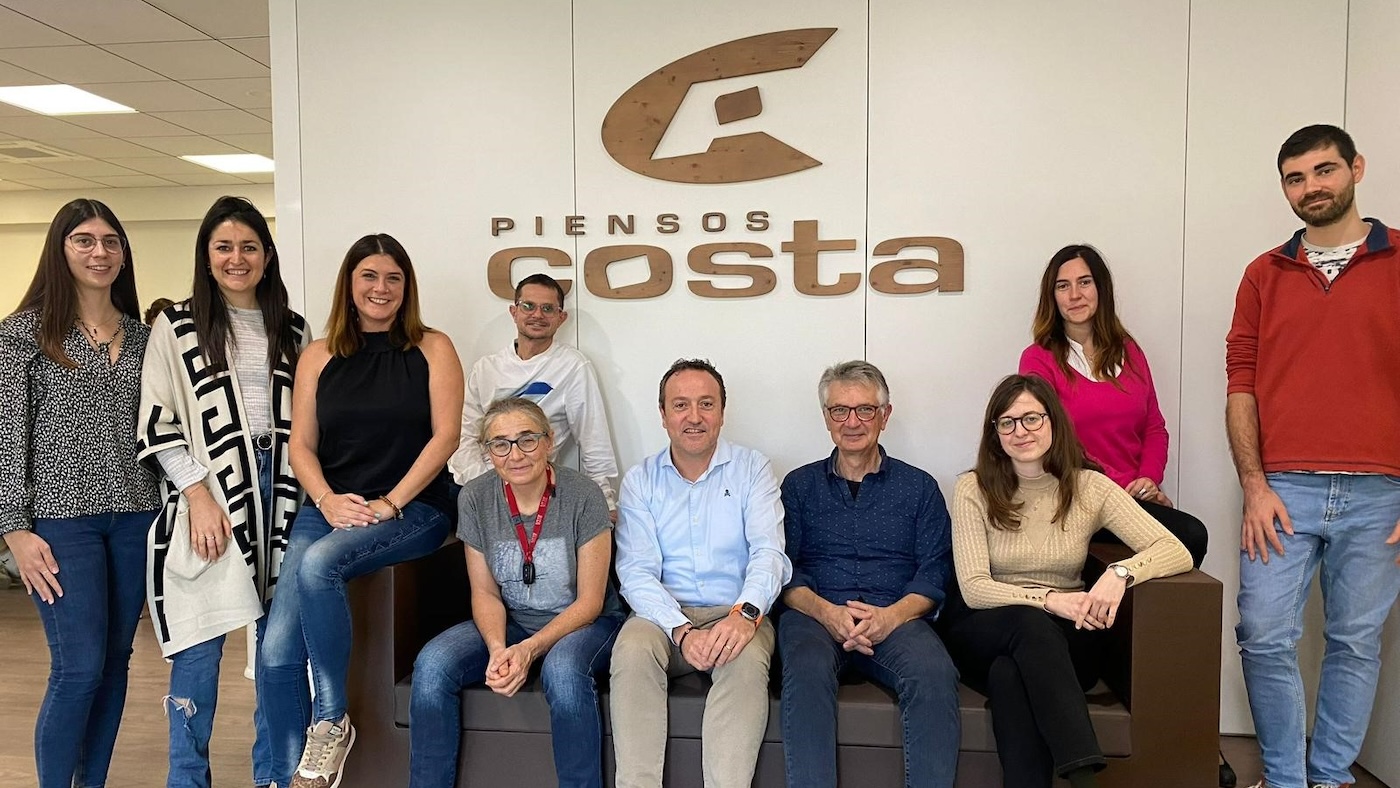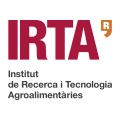IRTA: New Phase of HAI 4.0 Animal Welfare Project – Company News

 Analysis of animal behavior by artificial intelligence in response to human presence is the basis of the HAI 4.0 (Human Animal Interaction) project, in which IRTA participates.
Analysis of animal behavior by artificial intelligence in response to human presence is the basis of the HAI 4.0 (Human Animal Interaction) project, in which IRTA participates.
After the completion of the first phase, the second one begins, which will last until April 2024, with the aim of continuously improving animal welfare and production in farms by automating the collection of indicators that help to improve the continuous assessment of well-being, as well as because it is obtained in near real time. is It also responds to one of the main challenges of the sector, which is the consolidation and improvement of production systems that are increasingly respectful of animals.

The initiative is part of a consortium formed by the companies, in which the Spanish Cluster of Pig Livestock Producers (i+Porc) participates as project leader, Ceva Salud Animal, Grupo Costa (Piensos Costa), Infoporc, IRTA, and SIGMA EQT SERVEI ( EQTIC, which belongs to the Digital Cluster of Catalonia). The project has been funded through a call for assistance from the Ministry of Industry, Commerce and Tourism’s Innovative Business Group. In fact, phase 1 of HAI 4.0 received funding from a 2021 call with national funds (AEI2021) and phase 2 of the project was submitted for a 2023 call within the framework of the Recovery, Transformation and Resilience Plan and funded by European funds. Next Generation EU (AEI2023 MRR). Phase 2 has been approved to start with the help of the Ministry of Industry, Commerce and Tourism.
HAI 4.0 uses artificial intelligence to measure animal welfare levels on farms through cameras. With them, animal reactions are recorded for analysis with artificial vision using deep learning algorithms based on welfare quality protocols.® to classify. In phase 1, modeling of the tool was carried out, and in the second, it will be improved and progressed to produce near-real-time automated results to help continuously assess animal welfare on farms. Additionally, scalability of the tool will be worked on, as it is more cost-efficient in terms of algorithm computation time consumption on servers.
Major innovations of Phase II
In Phase II innovations, it emerged that HAI would be evaluated against new stimuli, such as the presence of people outside of farm staff or the inclusion of background music. Also in conditions such as cooling by misting to relieve thermal stress at high ambient temperatures. In addition, work will be done on improving the management of artificial vision and deep learning algorithms to identify animals and assess their reactions. On the other hand, progress will be made in defining the “HAI Friendly” or “Friendly Human-Animal Interaction” seal for farms committed to this project.
The development of HAI 4.0 projects will provide benefits and positive effects at the environmental level, such as improving the immunity level of animals or more efficiency in the use of resources (food, water, energy) in facilities. The results will also expand knowledge about optimal HAI interaction protocols and guidelines, as well as optimal environmental conditions to ensure animal well-being.
Phase 1 findings
In phase 1 of the project, a complete evaluation system has been developed under the guidance of IRTA, Ceva and Infoporc, which was tested in the Piensos Costa facilities. The system consists of physical equipment for recording and sending video signals, which record interactions between humans and animals in farms according to established protocols. These videos are then processed by a “Machine Learning – Deep Learning” system developed by EQTIC, which recognizes images of both operators and animals, their trajectory and zoom in or out.
The system is able to carry out detection, identification and tracking of various people and pigs in real farm environment and extract information in less time. “The detection is good enough to produce significantly advanced tracking results,” state the Phase I findings. Regarding the viability of continuing the project, “Given the results obtained, it can be verified that the solution is technically capable of being implemented in a real environment,” it added.
December 6, 2023 – IRTA





